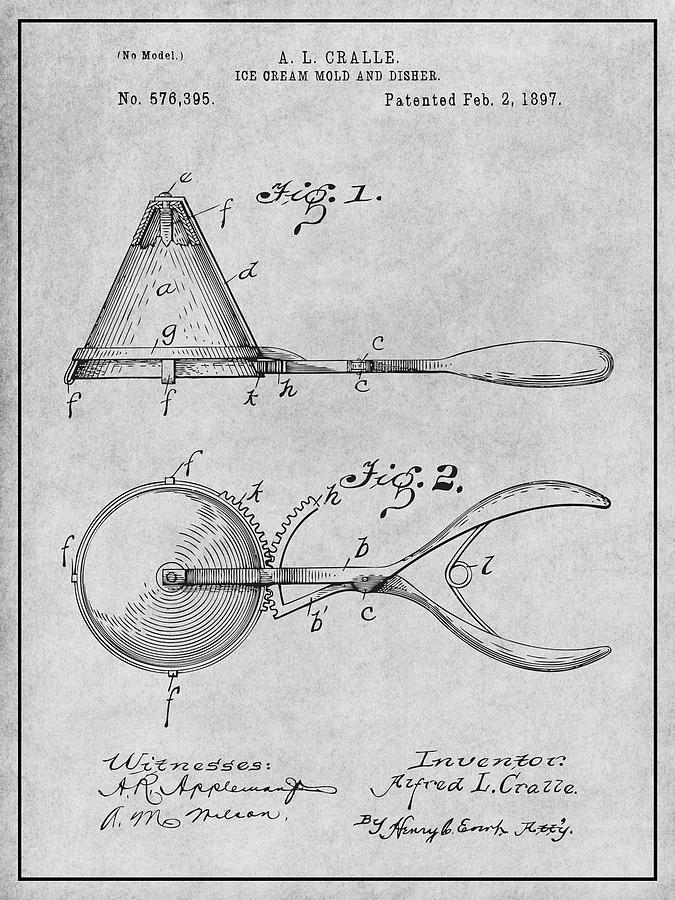The Art of Scooping Ice Cream: It Takes More Skill Than You Think
Introduction
When you think about scooping ice cream, what comes to mind? Probably a cheerful summer afternoon, a shiny metal scoop, and the joy of digging into your favorite flavor. But behind that perfect scoop lies an underrated skill that many people overlook. Whether you're working behind the counter at an ice cream parlor or simply serving dessert at home, there's more to this simple task than meets the eye.
It's Not Just About Digging In
Most people assume that scooping ice cream is easy, just press the scoop into the tub and voilà! But anyone who's done it professionally knows there's a science behind the perfect scoop. The texture of the ice cream, the temperature of the freezer, the grip of the scoop, and even the speed of your movement all affect the outcome.
Soft ice cream can collapse easily, while rock-hard ice cream can resist the scoop entirely. Knowing how to handle both types without wasting product or creating a mess requires finesse.
A Clever Invention with History
Did you know the ice cream scoop was invented in 1897? An African-American inventor named Alfred L. Cralle created what was originally called the Ice Cream Mold and Disher. His design featured a built-in scraper, what we now know as the classic mechanical scoop with a squeeze handle. It allowed users to serve ice cream with one hand, making the process more efficient and less messy. Cralle's invention is still widely used today in ice cream shops and kitchens around the world.
 |
| Alfred L. Cralle |
 |
| 1897 A.L. Cralle African American Inventor - Ice Cream Mold and Disher Gray Patent Print is a drawing by Greg Edwards which was uploaded on May 21st, 2020. Credit: pixels.com |
Timing and Temperature Are Everything
Ice cream is incredibly sensitive to temperature. Leave it out too long, and it melts into a puddle. Too cold, and it’s nearly impossible to scoop without hurting your wrist. Professionals learn to “temper” ice cream, letting it sit just long enough to soften slightly before scooping.
The scoop itself is often dipped in warm water between servings to glide through the ice cream smoothly and prevent sticking. Timing is key: work too slowly, and it melts. Work too fast, and you risk injury or uneven portions.
Portion Control = Product Control
In commercial settings, every scoop counts. Restaurants and shops aim for consistency, not just for aesthetics, but for inventory control. Scooping too much means you lose product; too little and the customer might not be happy. It’s all about balance, and that requires a good eye, steady hands, and experience.
The Presentation Matters
You’d be surprised how much thought goes into how a scoop looks. A clean, rounded scoop is not only more attractive, but also a sign of quality and care. Presentation can influence how customers perceive taste, even before they take their first bite.
Some professional scoopers even develop their own techniques for building cones that won’t topple, or scooping in patterns to create eye-catching displays in tubs.
A True Behind-the-Scenes Art
Like many behind-the-scenes jobs, scooping ice cream may look easy, but it requires practice, patience, and an understanding of the product. It’s a small detail in the bigger picture of food service, but one that can leave a lasting impression on customers.
So the next time you enjoy a perfect scoop of ice cream, remember, it’s not just dessert. It’s a skillfully crafted moment of joy, and we have people like Alfred L. Cralle to thank for making it easier and more efficient for everyone to enjoy.
You may like
Read more:
💙 Discovering the Sweet Magic of Île Flottante: A French Dessert with a Dreamy Twist



